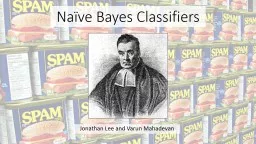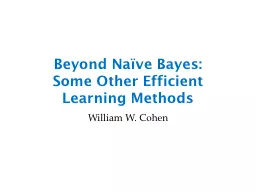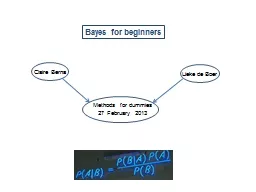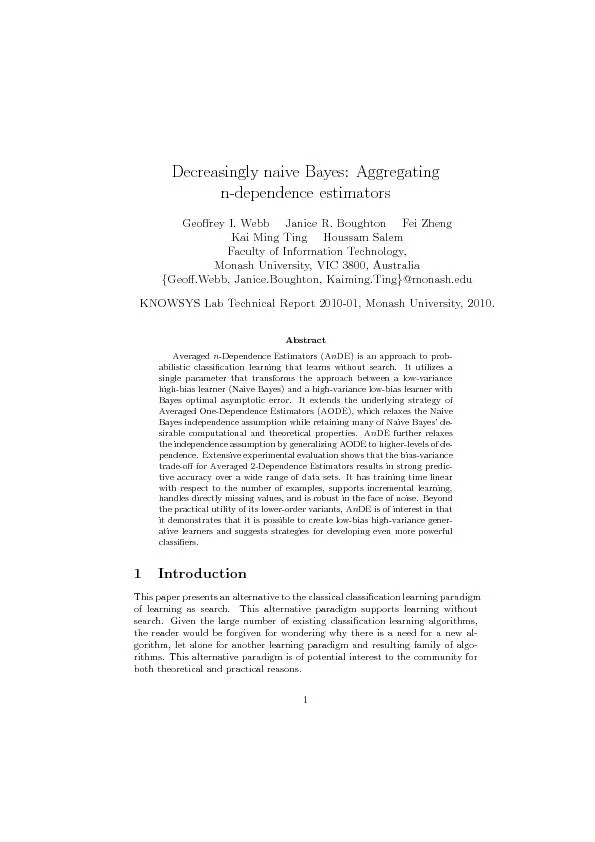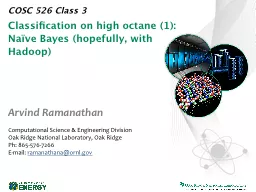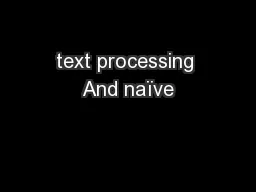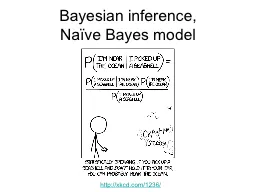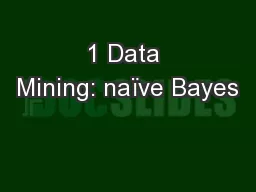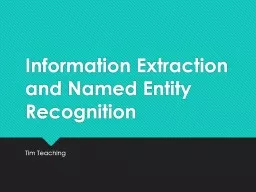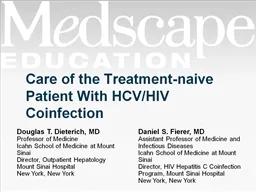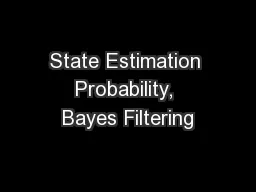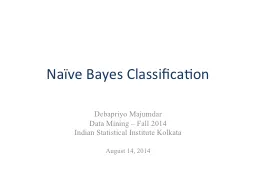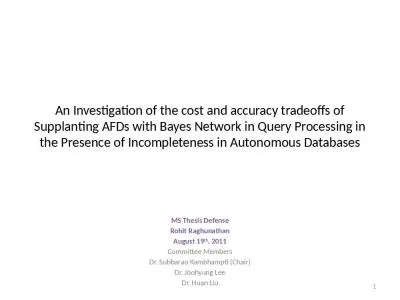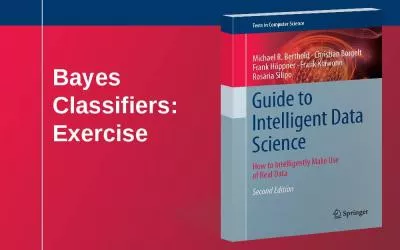PPT-Naïve Bayes Classifiers
Author : faustina-dinatale | Published Date : 2018-11-13
Jonathan Lee and Varun Mahadevan Programming Project Spam Filter Due Check the Calendar Implement a Naive Bayes classifier for classifying emails as either spam
Presentation Embed Code
Download Presentation
Download Presentation The PPT/PDF document "Naïve Bayes Classifiers" is the property of its rightful owner. Permission is granted to download and print the materials on this website for personal, non-commercial use only, and to display it on your personal computer provided you do not modify the materials and that you retain all copyright notices contained in the materials. By downloading content from our website, you accept the terms of this agreement.
Naïve Bayes Classifiers: Transcript
Download Rules Of Document
"Naïve Bayes Classifiers"The content belongs to its owner. You may download and print it for personal use, without modification, and keep all copyright notices. By downloading, you agree to these terms.
Related Documents

